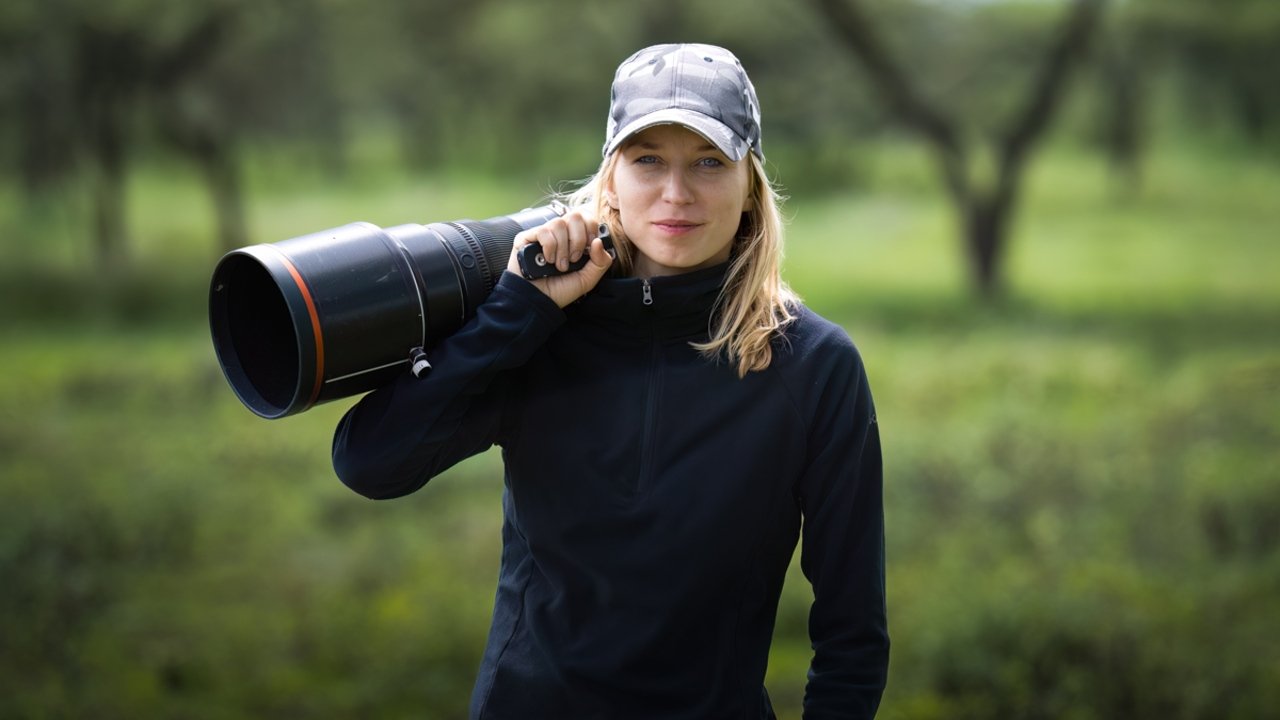1Congratulations on your achievement! What inspired you to submit this project for the NY Architectural Design Awards?
Thank you! We felt that the Brooklyn Dairy Project speaks to some of the most urgent issues facing cities today—urban segregation, food security, and environmental remediation. Given the NY Architectural Design Awards’ focus on innovation and community impact, we believed this project aligned closely with their values and could spark meaningful conversations about reimagining industrial spaces.
2What is the defining concept or vision behind your award-winning project?
The core vision is transforming infrastructure from a divider into a connector. We reimagined a historic industrial surface into a self-sustaining, multi-layered productive landscape—one that supports agriculture, culture, and community within an urban context. It’s about healing fragmented spaces and creating an ecosystem that integrates human life, nature, and production.
3Could you briefly share your journey into architecture and what inspired you to pursue this field?
I’ve always been fascinated by how physical spaces shape our lives—how they carry history, culture, and memory. My journey into architecture was driven by a deep curiosity about how the built environment can tell stories and foster connection. Over time, my work has expanded into exploring the intersections of urbanism, landscape, and social infrastructure.
4How would you describe the mission or goals of your company or studio?
Our mission is to create design solutions that are sustainable, regenerative, and deeply rooted in cultural and environmental context. We aim to push the boundaries of architecture by blending urban, agricultural, and ecological systems in ways that promote inclusivity and resilience.
5Were there any unexpected challenges during the design or construction phases? How did they shape the final result?
One of the biggest challenges was balancing industrial preservation with ecological transformation. Instead of erasing the existing infrastructures, we chose to work with them, layering new productive ecosystems on top. This tension ultimately became a strength, giving the project its layered, dynamic character.
6How does your design process usually unfold-from ideation to completion?
Our process is research-driven and iterative. It begins with a deep dive into the site’s history, ecology, and social dynamics. We then develop a conceptual framework, often drawing inspiration from adjacent systems—like infrastructure, agriculture, or cultural practices. Physical and digital modeling help us test flexibility and adaptability early on, allowing the project to evolve organically.
7If you had to describe the journey of this project in three words, what would they be?
Connection, Transformation and Resilience.
8What feedback have you received about your work that has been particularly meaningful or surprising
Some people shared that the project gave them hope—that it showed how even the most barren, forgotten spaces could be reimagined as sites of life, community, and production. Hearing that emotional resonance was incredibly meaningful to us because it confirmed that architecture can be a catalyst for optimism.
9What does receiving this recognition mean for you, your team, or your studio?
It’s a tremendous encouragement. It validates our belief that architecture can go beyond aesthetics to address systemic urban and environmental challenges. This recognition motivates us to keep pushing for projects that imagine better, more inclusive futures.
10How do you see this award influencing your future projects or career?
It strengthens our commitment to working at the intersections of architecture, ecology, and urbanism. It also opens up new conversations and collaborations, which I hope will lead to more opportunities to design transformative, regenerative spaces.
11What's a project or idea you've been dreaming of bringing to life, and why does it inspire you?
I’ve been dreaming of creating a floating urban farm—a self-sustaining platform on water that merges aquaculture, agriculture, and public space. It inspires me because it addresses rising sea levels, food security, and public access to nature all at once, while challenging the traditional boundaries of land-based urban development.
12Where do you see the architectural field heading in the next decade, and how do you envision contributing to its evolution?
I see architecture becoming increasingly interdisciplinary—integrating fields like ecology, social sciences, and technology. There’s a growing shift toward regenerative design, circular economies, and community-driven processes. I hope to contribute by creating projects that not only minimize harm but actively heal environments and communities.
13How do you see your designs contributing to the future of sustainable architecture?
We aim to go beyond sustainability as a checklist and think about regeneration—how a building or a landscape can give back more than it takes. Whether it’s creating habitats, remediating land, or fostering local food systems, I believe every project should be a net positive for its environment and its people.
14If you could design anything, with no limits on budget or imagination, what would it be?
I would love to design a "Living Infrastructure Corridor"—a hybrid of urban farming, wildlife habitat, renewable energy production, and public cultural spaces stretching across a city. It would be a living, breathing artery, knitting fragmented urban fabrics together while showcasing how cities can coexist symbiotically with nature.








